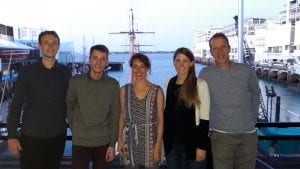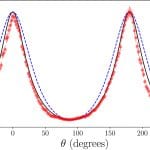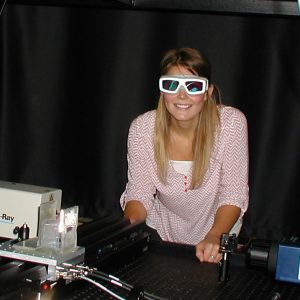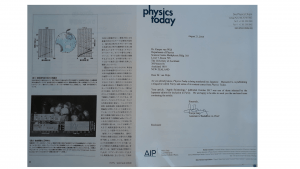Today, research led by Jonathan Simpson, and co-authored by Kasper van Wijk and Ludmila Adam and Caitlin Smith, was published in Reviews of Scientific Instrumentation. The four of us are very proud of this paper, as it has taken us many years leading up to the moment where we can do rock physics under in situ conditions in our pressure vessel with optical windows. Many labs will claim “unique” experimental capabilities, but this particular setup is truly the first one like it in the world. We look forward to tackling new geophysical problems that require estimation of the elastic properties of samples under pressure and temperature control.
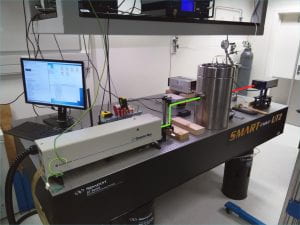
Author: kvan637 (page 2 of 8)
This past week, members of the PAL participated in the 2019 APOS meeting. Jami presented her work on photoacoustic imaging through bone, and Kasper gave an overview talk on how we use waves of different length scales for applications in rocks, ice, fruit and others. Jonathan presented a poster on laboratory measurements of Alpine Fault rock properties under in situ conditions, and was awarded the student prize from the Australian Optical Society. Congratulations, Jonathan!
Wave Motion just published our latest research on estimating the physical properties of wood. Our method, based on laser-generated and laser-detected ultrasonic waves, has major advantages over current techniques, as you can read here. This work started as part of Sam’s PhD thesis, and has since been picked up by Jonathan and Kasper. Maybe one day, laser ultrasonic scanning will displace the standard bending test in the woodmill, as a fast and noncontacting alternative to the grading process!
In the physical acoustics lab, we remotely sense photoacoustic and ultrasonic wavefields with optical techniques. Most of these techniques result in point measurements of the wavefield, which tell us about the physical properties of rocks, fruit, ice, timber and the human body. Point detection of the wavefield is useful, but certain applications require instant recording of the wavefield at more than a single point. A new postdoctoral researcher position opened up to develop line- or areal detection of these wavefields. Methods will include line detection with Gas Coupled Laser Detection and areal wavefield detection with Speckle Pattern Interferometry.
For more information, contact Kasper van Wijk or Jami Shepherd
At last week’s annual meeting of the Geological Society of New Zealand, the PALs (and our friends from the PORO lab) had quite the showing! Icing on beautiful presentations by all were two prizes for runner-up student presentations. James Clarke presented his work on laboratory analogues of volcano-seismic signals, and Jonathan Simpson reported on the setup he built for laser ultrasound under pressure to explore anisotropy and fracturing in Alpine Fault Rocks. To top the awards off, Shreya Jagdish Kanakiya won the Jim Ansell award, “awarded by the Committee of the Geoscience Society of New Zealand (Inc.) to the applicant whose subsequent career, in the opinion of the Committee, is the most likely to advance geophysics in New Zealand.” No pressure, Shreya!
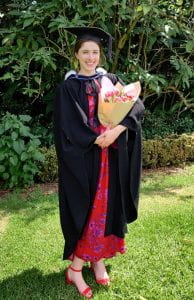
Kia ora! I am a final-year PhD student in the Physical Acoustics Laboratory at the University of Auckland, under the supervision of Jami Shepherd, Guillaume Renaud (TU Delft) and Kasper van Wijk. My provisional thesis title is “Using Light and Ultrasound for Quantification of Hemodynamics in Bone“. My research develops and utilises Photoacoustics and Ultrasound vector-flow techniques to determine blood flow from these images. With refraction-corrected imaging, my project aims to accurately determine blood flow in bone. Currently, we test our techniques in bench-top phantoms but we hope to move towards in vivo imaging soon!
Selected works:
- Publication in Photoacoustics (2024): Vector-flow imaging of slowly moving ex vivo blood with photoacoustics and pulse-echo ultrasound
- PhD Provisional year report (2022): Using Light and Ultrasound for Quantification of Hemodynamics in Bone
- BSc Honours Thesis (2021): Photoacoustic Velocimetry
- Summer Research Report (2019): Photoacoustic Imaging & Flow Observation
- Summer Research Report (2018): Monitoring the Auckland Volcanic Field using Ambient Seismic Noise
After a postdoctoral fellowship at Sorbonne Université, Laboratoire d’Imagerie Biomédicale in Paris, France, Jami has returned as a DWC postdoctoral fellow in the Physical Acoustics Lab. We thank the Dodd Walls Centre for their support and are thrilled that she’s back to lead our research in medical imaging. On a personal note: Jami is from here on called “Jami Johnson Shepherd”, which means we also congratulate her and her new husband Sam!
Barring some minor thesis corrections, Sam Hitchman has now fulfilled all the requirements towards his PhD degree! Today’s oral defence of his work was highly impressive to witness. We are all very proud of Sam and congratulate him on a thesis full of exciting developments in laser ultrasound. Sam has built laser detectors for ultrasound, and successfully used them in some very exciting applications in deciphering the physical properties of rocks, fruit, and timber. Well done, Sam!
At this year’s annual meeting of the Dodd Walls Centre, Jonathan Simpson won a prize for his presentation on the first laser ultrasonic measurements on rocks under high pressure. For his MSc research, Jonathan has built an arduino-driven servo system to rotate rocks inside our pressure vessel with optical windows. We congratulate Jonathan (again!) for the success of his hard work!
